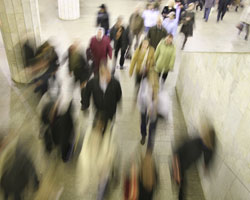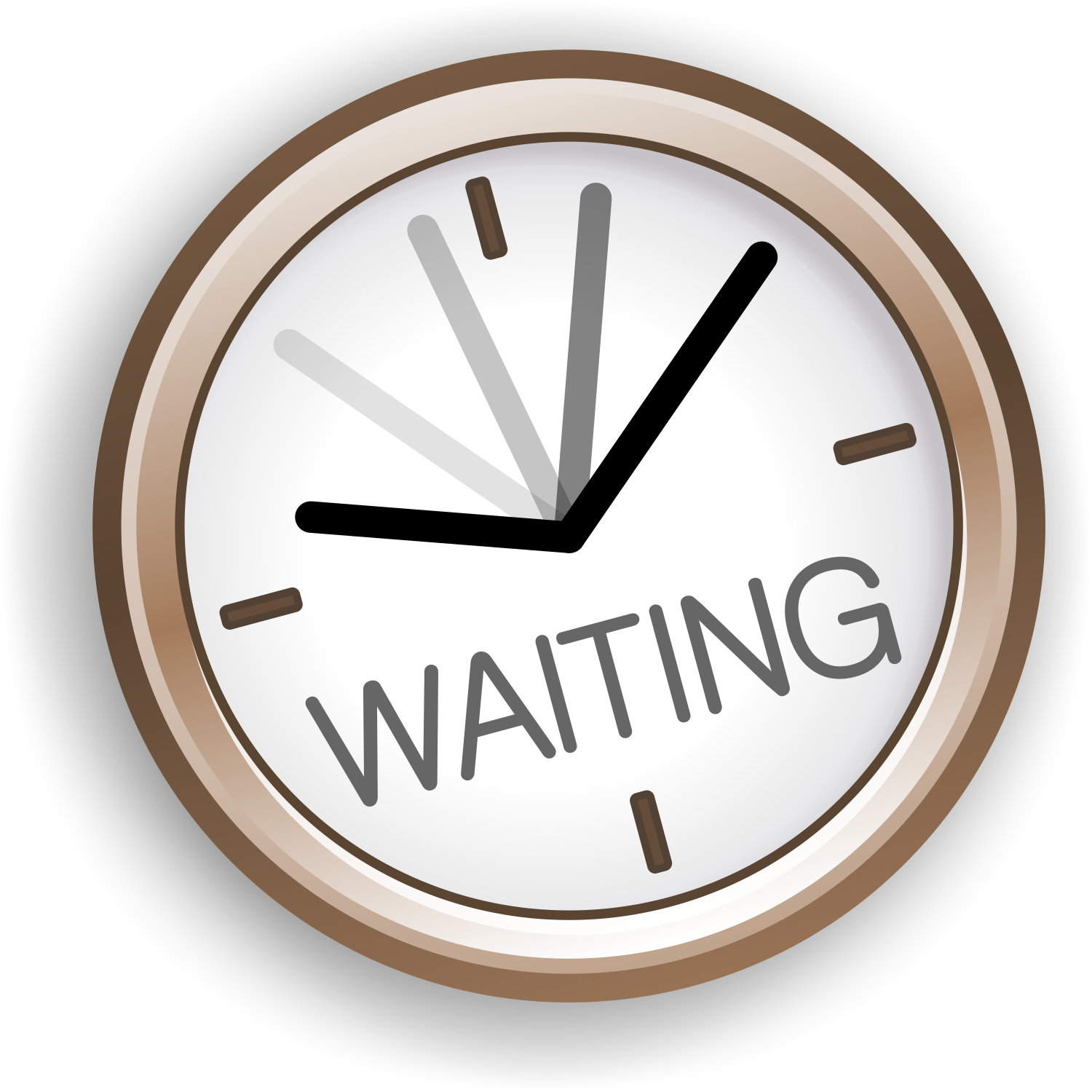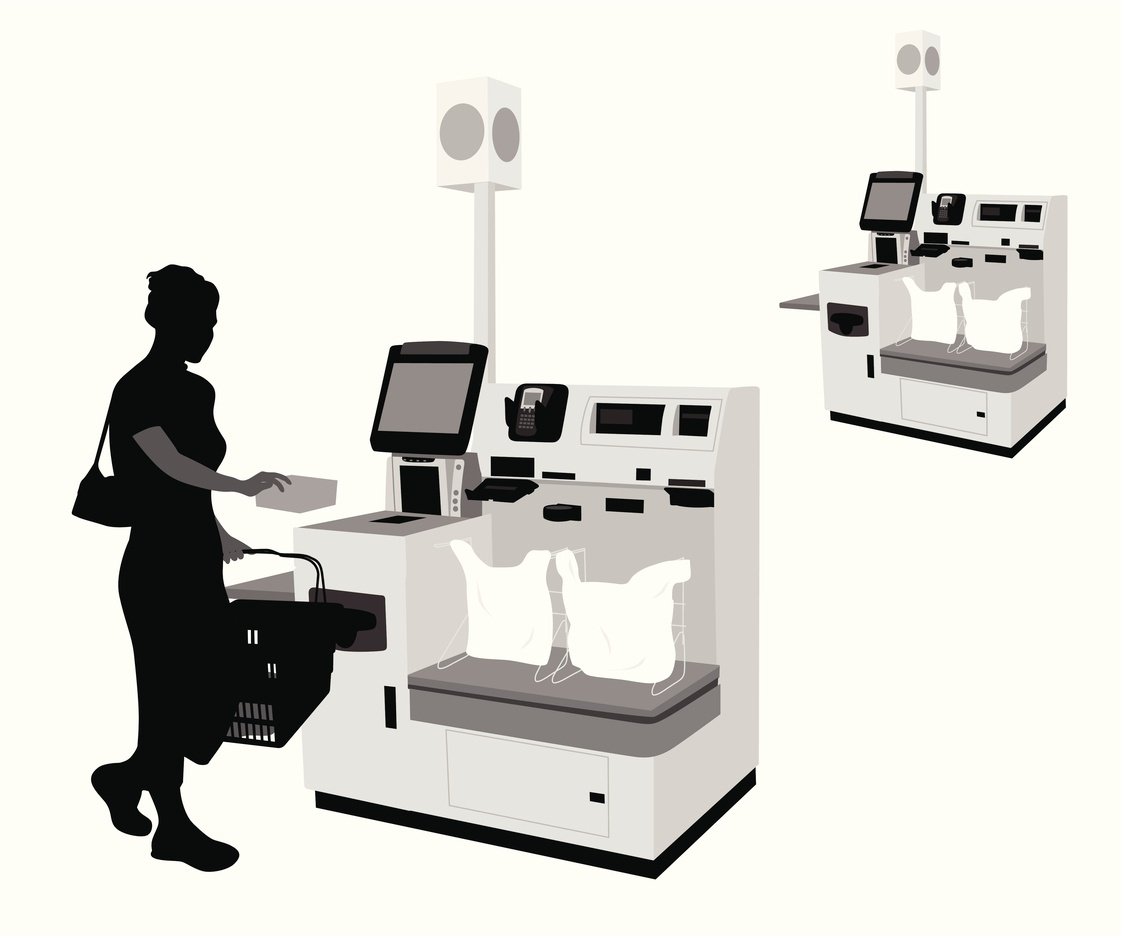 Retailers have known for some time that long wait times can have a serious affect on their bottom line. Long lines can mean less time shopping and often can result in missed sales altogether. That’s one of the reasons why retailers have implemented numerous strategies to manage wait times, from shifting customers through a single snaking line to overstaffing registers with surplus cashiers. With all the importance placed on the front end, we thought it might be interesting to take a look at some psychological studies around waiting in line.
Retailers have known for some time that long wait times can have a serious affect on their bottom line. Long lines can mean less time shopping and often can result in missed sales altogether. That’s one of the reasons why retailers have implemented numerous strategies to manage wait times, from shifting customers through a single snaking line to overstaffing registers with surplus cashiers. With all the importance placed on the front end, we thought it might be interesting to take a look at some psychological studies around waiting in line.
In a 2009 Wall Street Journal article, Richard Larson, a professor at the Massachusetts Institute of Technology, who has extensively studied the psychology of people waiting in lines, concluded people will wait peacefully and patiently when they perceive a line is just and fair, but they will become impatient or unruly if they think it isn’t. Professor Larson stated that studies have shown customers will put up with waiting times up to twice as long to avoid unfairness. In addition, customers perception of the amount of time spent in line can have a lasting effect. In 1988, Professor Larson conducted a study at a downtown Boston bank. His research showed that customers overestimated their wait times by 23 percent. Interestingly, when a clock was added displaying expected wait time, customer estimates of wait times were more realistic.
As Professor Larson’s research shows, there is a lot going through a customer’s mind while waiting in line. Often times, checkout is the final opportunity to make a positive impression on a customer. Retailers can take advantage of that opportunity by managing the customer experience at the front-end. A positive shopping experience at checkout can mean lasting customer loyalty.
Share this
You May Also Like
These Related Posts

8 Ways to Reduce Queuing Time in Retail Stores

Single vs. Multiple Queues – Which one is best for you?

Self-Service is a Customer Choice
Connect with us
Need more information? Ready to get started? We're here to help, get in touch.


